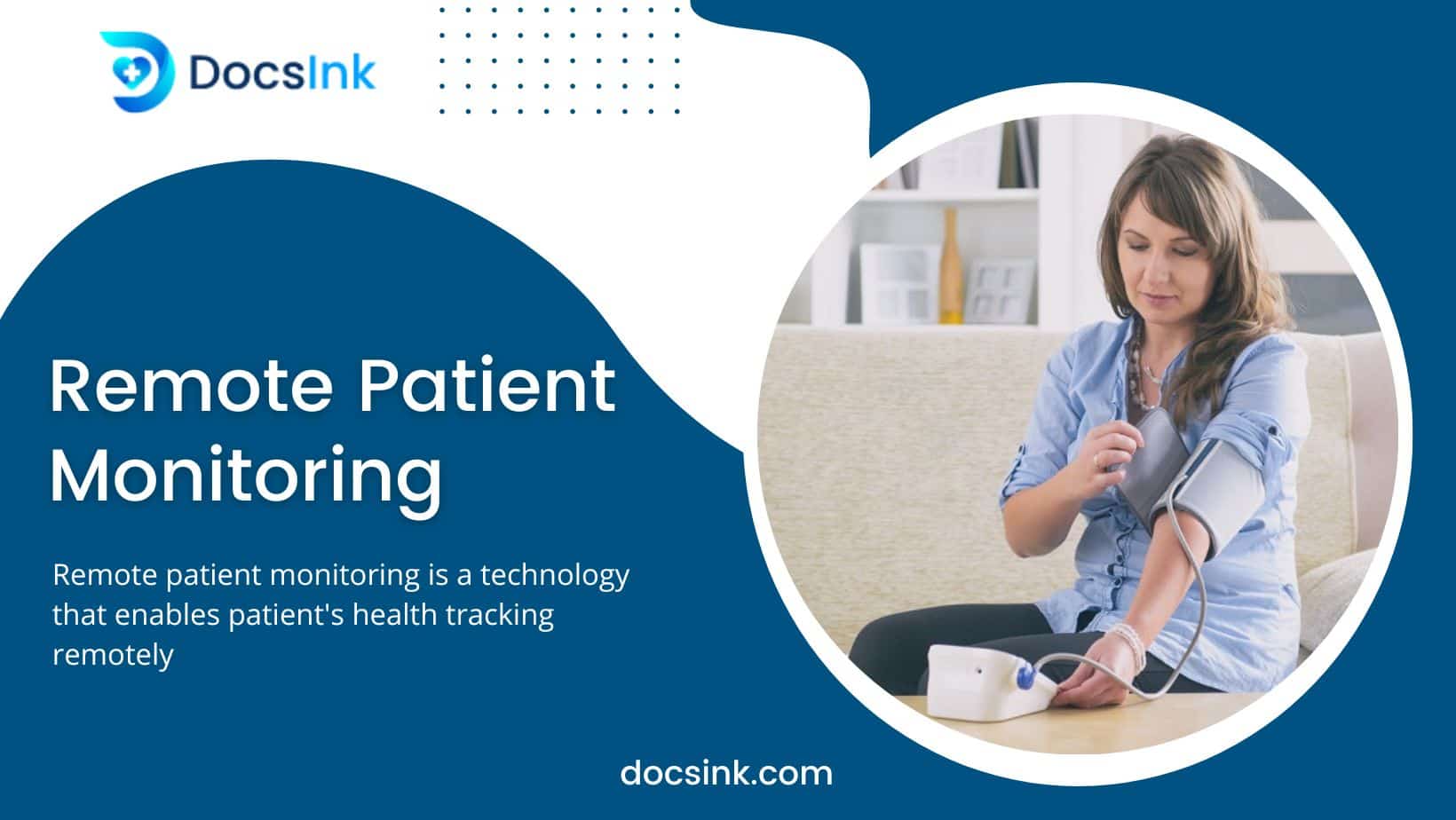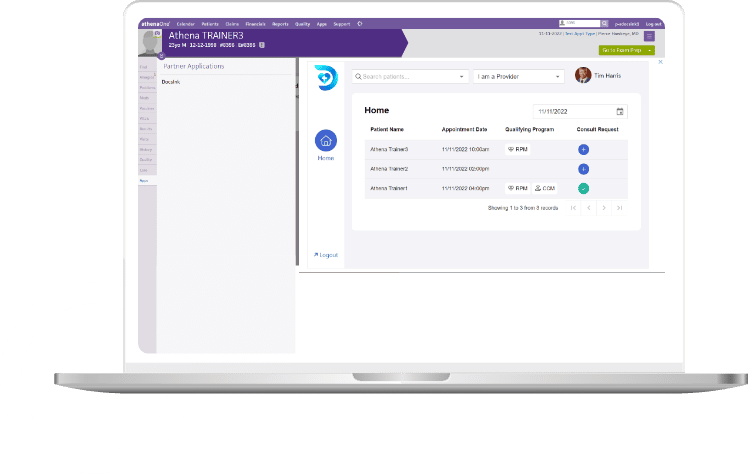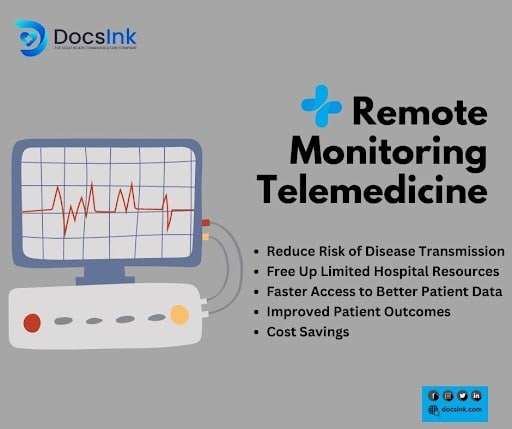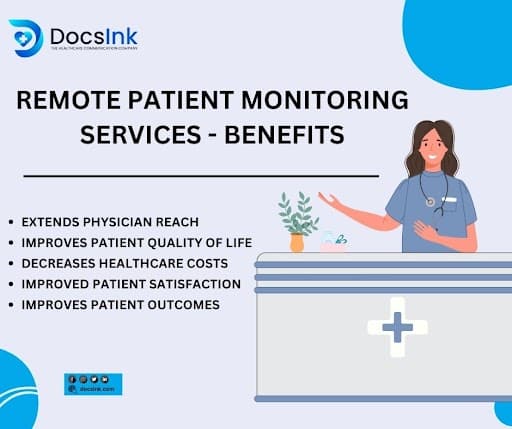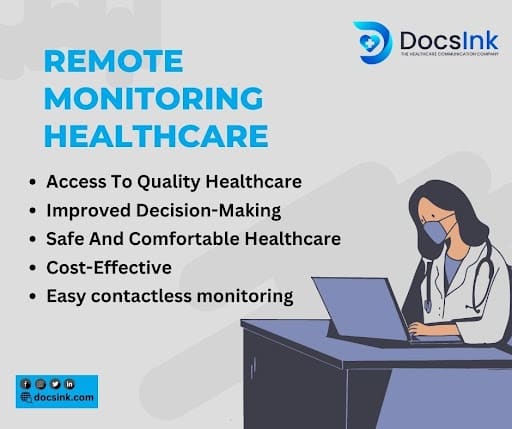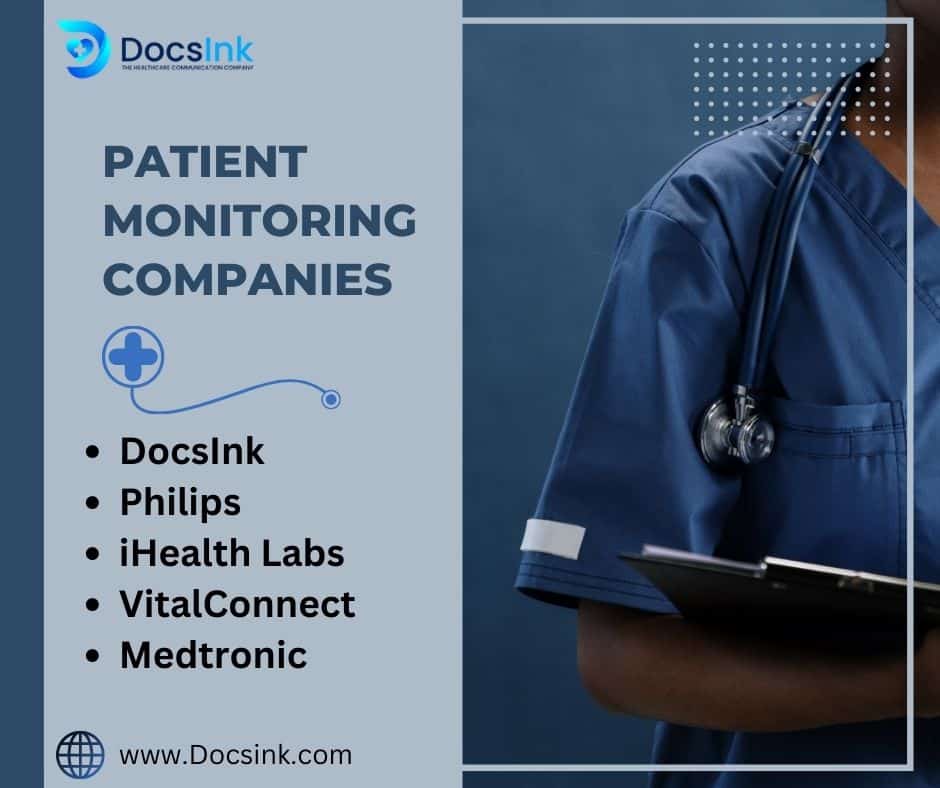How can medical professionals make sure that patients in remote places receive reliable, high-quality care? How can patients ensure access to competent assistance without making time and effort to attend the hospital? The answer is remote patient monitoring, which refers to keeping track of a patient’s health without physically being there. Professionals now have a ground-breaking way to give improved medical treatment remotely because of the fusion of digital technology in patient care.
Introduction to RPM
Remote patient monitoring (RPM) is a technology that enables tracking of patient outside of typical medical settings, such as at home or in a backward location. It could improve care accessibility and lower the cost of providing healthcare. Remote patient monitoring has enhanced the clinical staff’s ability to oversee and monitor patients in non-traditional healthcare environments. RPM uses digital technologies to collect health information from individuals in one location, such as a patient’s home and then transmits the information digitally to medical specialists in another location for analysis and recommendations. Noninvasive technology is rapidly being included in illness management strategies to deliver more patient data to enhance healthcare decisions.
By enabling patients to maintain independence, avoid consequences, and reduce personnel costs, integrating RPM into the care of chronic diseases may dramatically improve a person’s quality of life. RPM makes these objectives possible by providing care via telephony. When patients undertake sophisticated self-care procedures like home dialysis, this type of patient monitoring can be crucial.
Features of Remote Patient Monitoring
It has been observed that using remote patient monitoring will inevitably result in better treatment outcomes, better medical supervision, and lower healthcare expenditures. RPM is a next-generation remote monitoring system. The essential features of RPM are:
- Credible data: The medical data gathered by AI-enabled RPM devices are precise and trustworthy. RPM devices examine, verify, and analyze reports using powerful algorithms.
- An improved Big Data analysis capability: In a short time, massive data may be identified, interpreted, refined, and analyzed thanks to advanced AI and algorithms. For instance, the alarms for heart rate monitors inform the health professional via RPM. The medical professional treats such cases as a priority.
- Automation: In any case where a patient’s health is altered, RPM devices offer automated answers. The medical professional responds quickly. These solutions aid in cutting down on delays. Creating weekly or monthly reports are repetitive duties that RPM does with ease. Wearable technology, such as smartwatches that measure blood pressure and oxygen saturation. This data is automatically transformed into reports by RCM. This information is accessible to patients and healthcare professionals.
- Online protection: Patients’ private information exposes RPM devices to privacy threats because they record their location. RPM has a more robust cyber security network to protect all stakeholders from security concerns.
- Accessibility: The RPM record is accessible by patients and caregivers at any time and location. Making correct health decisions and improving medical procedures are made easier with immediate access.
- Expense: RPM contributes to lower staffing and administrative expenses.
- Responsiveness: Remote patient monitoring facilitates quicker judgment. RPM quickly gathers, enhances, and analyses information, which saves time. Making reports is now simple, thanks to RPM.
Remote patient monitoring systems, therefore, have revolutionized how patient care is done by significantly reducing efforts and errors. Consequently, frequent visits to the hospital are reducing costs and encouraging adoption. Research by experts suggests that wireless remote monitoring devices will be used by more than 1.8 million people worldwide in the coming years. DocsInk and its team developed these systems that could become a standard across the industry, driven by the high reception capacity and advances in database maintenance.
